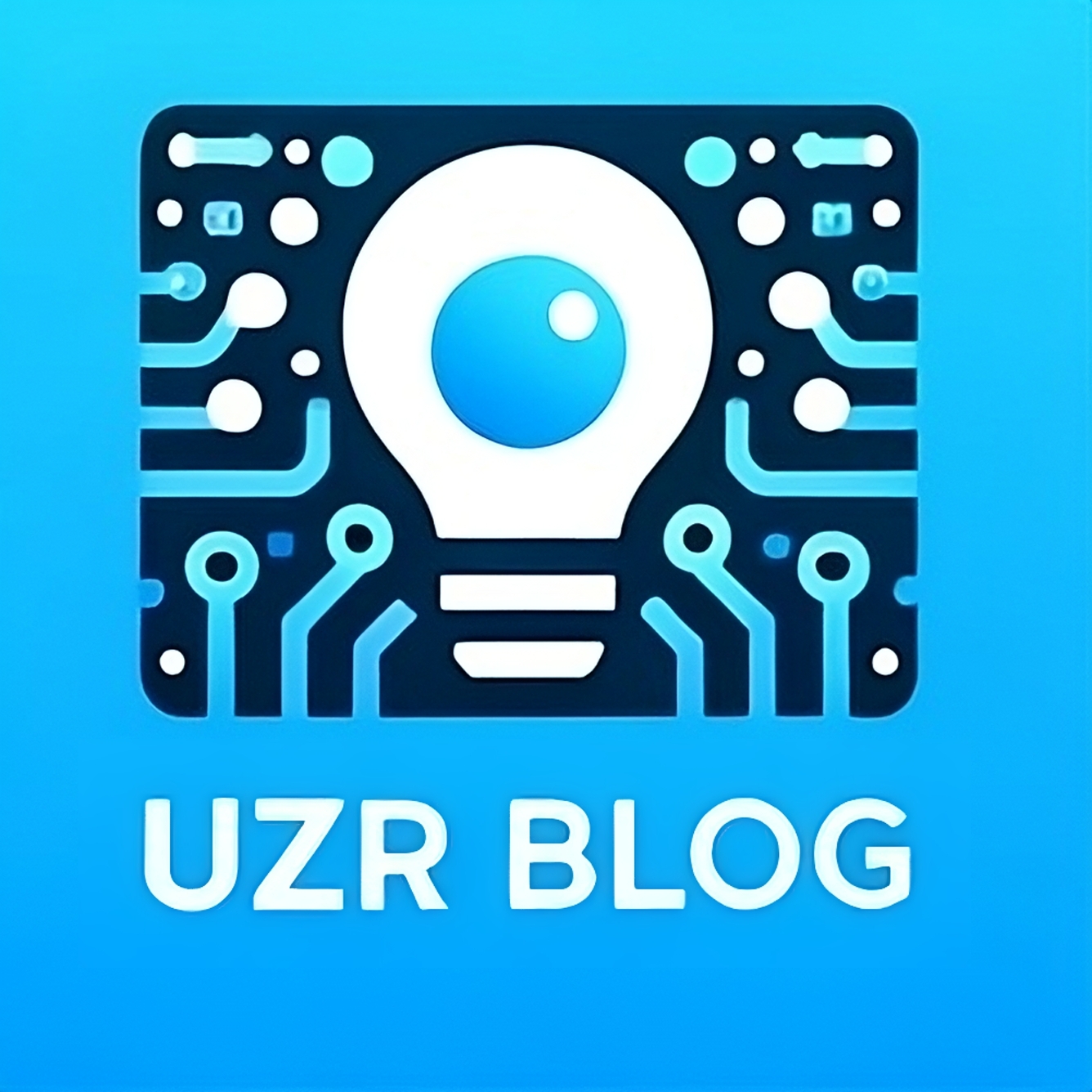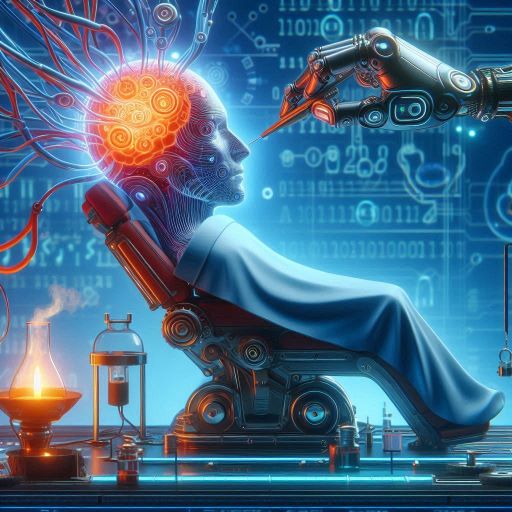Artificial intelligence (AI) has permeated almost every aspect of our lives, from weather forecasting to disease diagnosis to term paper writing. Currently, AI is even penetrating the most human of places—our psyches—by providing 24/7 chatbot help for mental health issues.
Artificial Intelligence (AI)-powered chatbots are being created to address the limited number of human mental health providers and therapists. These chatbots offer a new direction in treatment since they are made to help and control human despair, anxiety, addiction, and other conditions. Though not all chatbots are created equal and some may pose risks, some make bold promises to perform better.
A highly skilled entrepreneur and psychologist named Allison Darcy created a chatbot called Wobot to help with mental wellness. Darcy wants to eliminate the need for patients to visit a therapist’s office and instead give everyone access to a caring mental health tool. Since its inception in 2017, 1.5 million people have utilized it.
Large amounts of specialized data have been used to train wobot to identify words, phrases, and emojis linked to dysfunctional thoughts and to challenge those thoughts. This process is partially modeled after an in-person cognitive behavioral therapy session, or CBT. It can be challenging to find a CBT practitioner, and it can also be difficult to be there for your patient when they are having difficulty falling asleep at night or when they are experiencing panic attacks.
While the app can provide real-time support for users struggling with mental health issues, it’s not without its limitations. In some scenarios, like when someone expresses a deeply troubling thought or hint of suicidal ideation, Wobot may flag the concern and recommend additional help, but it cannot replicate the nuanced judgment of a human therapist.
This application highlights the most significant problem with AI in the field of mental health care: its incapacity to comprehend the entire context of a human being. The statement “jump that bridge when I come to it” alluded to a possible catastrophe for Wobot. This contradiction demonstrates how limited AI’s ability to comprehend context and linguistic limitations is.
Artificial Intelligence Delusion AI is somewhat capable of being fictional, making mistakes, and inventing stuff. Sharon Maxwell learned that there might be a problem with the guidance given by Tessa, a chatbot created to assist prevent eating disorders, which can be fatal if left untreated. Maxwell, an advocate for others and former patient undergoing therapy for her own eating condition, confronted the chatbot.
Rather than offering advice on how to be healthy, it offers some suggestions such as cutting back on calories and using body composition analysis tools, which are more risky for people who have eating disorders.
AI chatbots, such as Wobot and Tessa, offer new avenues for addressing mental health issues and eating disorders, but they also raise delicate questions of safety, efficacy, and accuracy in relation to health. There isn’t a guarantee that will give you the ideal advice for everyone, or it might be dangerous.
Conclusion:
Artificial Intelligence (AI) is a relatively young concept that has the potential to assist humanity by making health care more accessible to everybody. Millions of individuals are developing and using AI tools like Wobot and Tessa. It is now employed as a complementary tool. However, there are times when it poses a greater risk to human health; in other words, it cannot take the place of human empathy and understanding that come from human interaction.
















